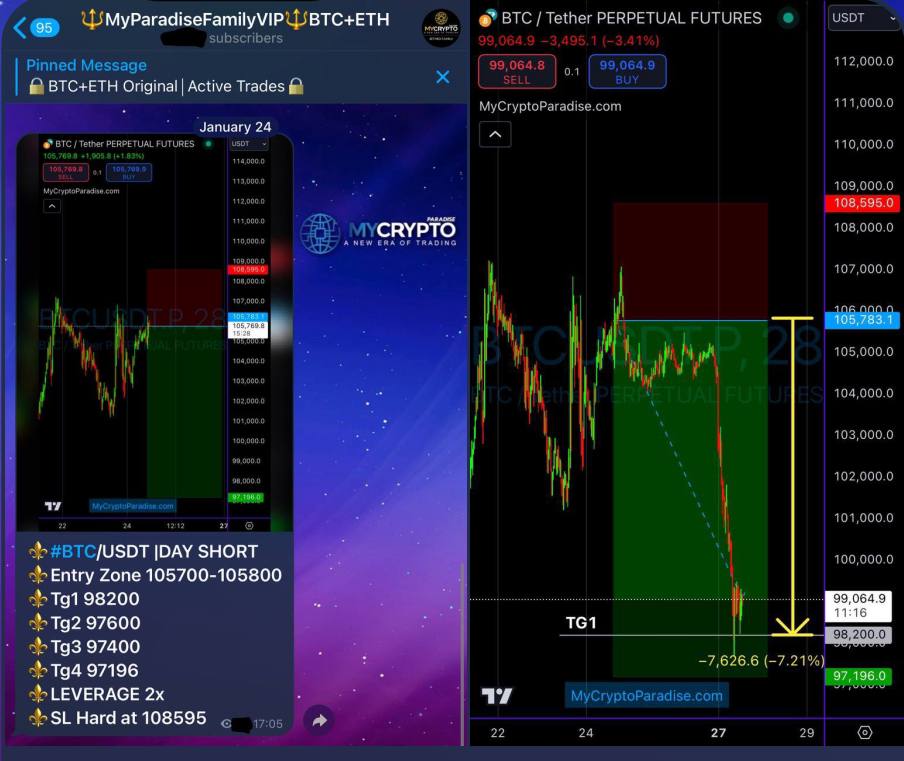1. Introduction to Bitcoin Trading Strategies
Bitcoin’s volatility creates numerous opportunities for traders, whether you're aiming for short-term profits or long-term value growth. Each Bitcoin trading strategy has its own strengths, tailored to different timeframes, risk tolerances, and market conditions. This guide dives into top strategies like day trading, scalping, swing trading, and HODLing, offering insights on how to apply them effectively to Bitcoin’s unique market.
2. Day Trading: Capitalizing on Short-Term Movements
Day trading involves buying and selling Bitcoin within a single day, aiming to profit from small price fluctuations. This strategy requires quick decision-making and access to real-time data to identify ideal entry and exit points. For instance, during Bitcoin's peak volatility in 2020, day traders could capitalize on hourly price swings, entering and exiting positions multiple times a day. Although profitable, day trading requires intense focus and discipline due to the constant monitoring of market trends and real-time analysis.
3. Swing Trading: Taking Advantage of Price Swings
Swing trading focuses on capturing price movements over several days or weeks. Unlike day trading, swing traders hold positions for longer periods, making it suitable for those who prefer a more flexible approach. Swing traders might enter Bitcoin positions after a price dip, anticipating a rebound over the next week based on technical indicators like moving averages and RSI (Relative Strength Index). This strategy allows traders to profit from broader price trends without the need for constant monitoring.
4. Scalping: Quick Profits in a High-Volume Market
Scalping is an intense, high-frequency trading strategy where traders make multiple trades in a day, aiming for small gains from each trade. Bitcoin’s high trading volumes make it suitable for scalpers, who use technical analysis and quick execution to capture tiny price shifts. For example, scalpers might buy and sell Bitcoin within minutes when the price moves slightly up or down. Although the individual profits per trade are small, scalping can be highly profitable due to the volume of trades. Scalping requires a strong understanding of technical analysis and low transaction fees.
5. HODLing: Long-Term Value Investing
HODLing, a term originating from a misspelled word for “hold,” is a popular strategy for long-term investors. HODLers buy Bitcoin and hold it for years, aiming to benefit from the asset’s overall upward trajectory despite short-term volatility. This strategy is suited to investors who believe in Bitcoin’s long-term potential as a store of value. For instance, those who bought Bitcoin in 2015 and held it saw significant returns by 2021, despite several market corrections. HODLing minimizes the need for constant market monitoring and transaction fees, making it ideal for beginners and risk-averse investors.
6. Trend Following: Riding the Market Momentum
Trend following involves identifying and following established trends. Traders enter positions when Bitcoin’s price shows a clear upward or downward trend, using indicators like moving averages and trendlines to confirm market direction. For example, traders in early 2021 identified a bullish trend as Bitcoin’s price climbed, entering long positions and riding the trend until it weakened. Trend following requires patience and careful analysis, as traders need to wait for trends to fully establish before committing to positions.
7. Risk Management: Minimizing Losses and Maximizing Gains
Risk management is critical to successful Bitcoin trading, especially due to the asset’s volatility. Traders can limit potential losses by setting stop-loss orders, which automatically exit positions at a predetermined loss level. Position sizing and risk-reward ratios are also crucial, as they help traders determine the amount of capital to risk on each trade. Proper risk management ensures that losses are minimized, allowing traders to stay in the market and protect their capital over time.
8. Conclusion: Selecting the Right Strategy for You
Choosing the right Bitcoin trading strategy depends on your goals, risk tolerance, and market expertise. Whether you prefer fast-paced day trading, the flexibility of swing trading, or the long-term approach of HODLing, each strategy has its own advantages. Understanding these strategies allows you to apply the approach that best suits your goals and optimize your trading success.
















